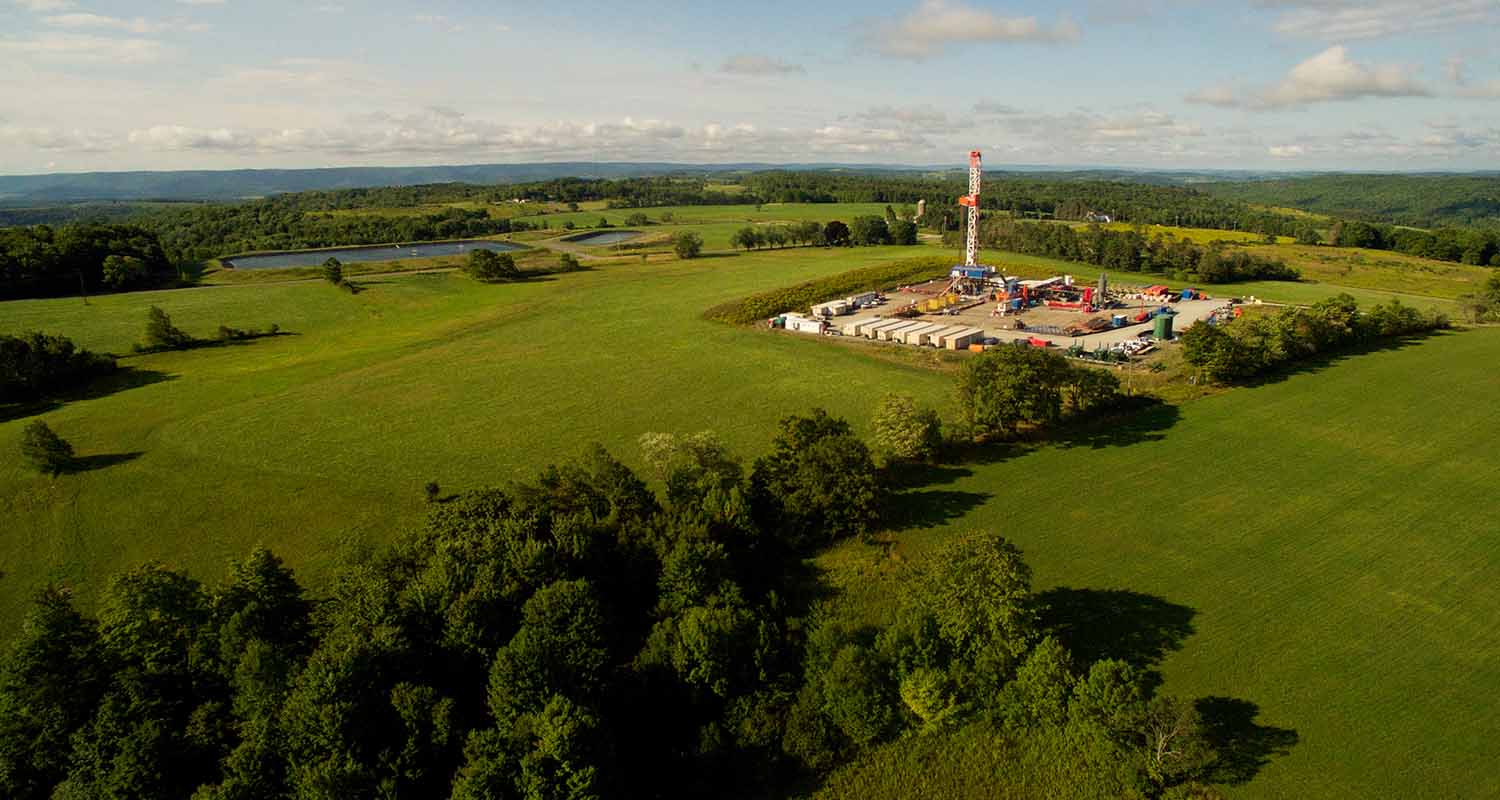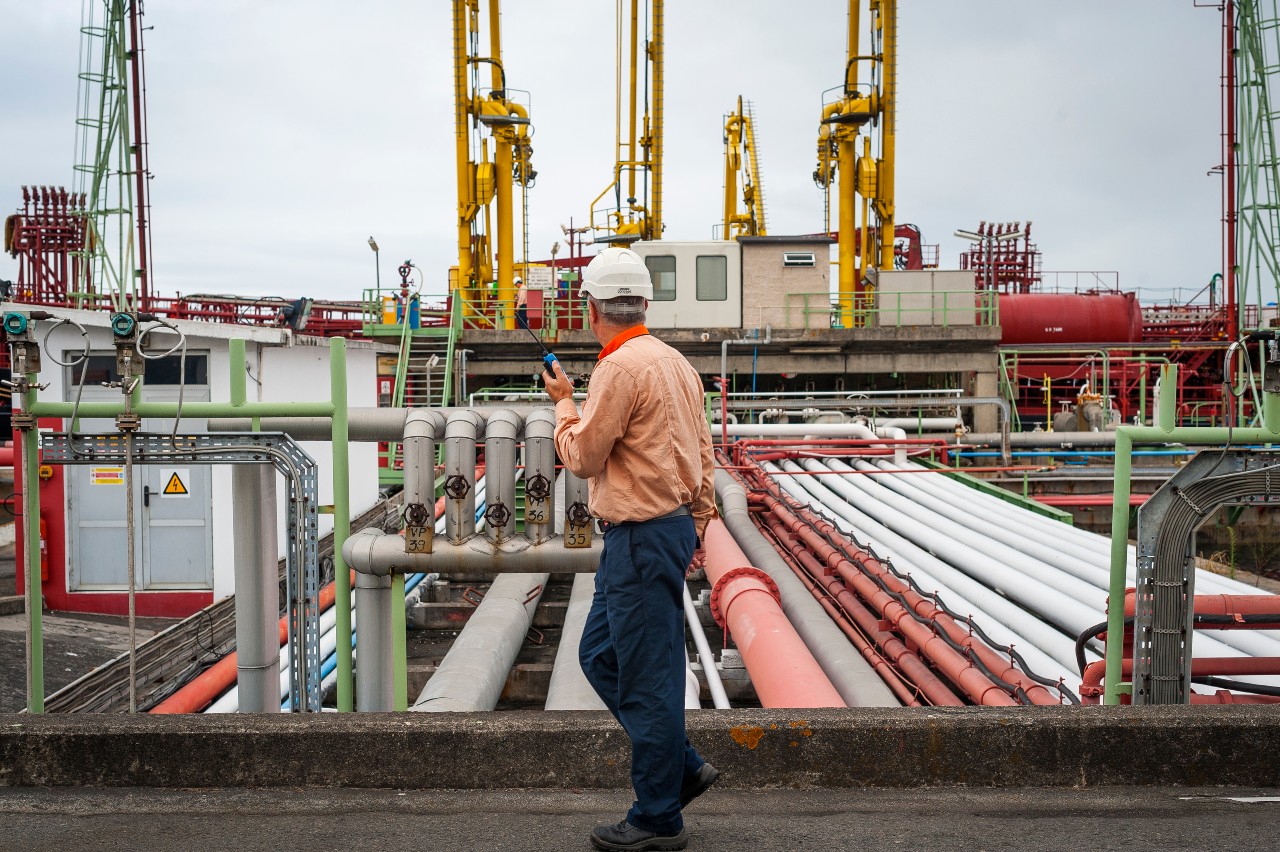How is oil extracted?: The entire process
A journey back millions of years
Ethane, propane, butane, pentane, and primarily methane make up what we know of as natural gas. These gases were formed millions of years ago due to the accumulation of vegetable and organic remains underground as a result of high temperatures and a lack of oxygen.
Oil, however, was formed from the remains of living beings (mainly plankton and algae) that were deposited on the sea bed. Natural factors, such as the passing of time, heat, strong pressure, and the absence of oxygen meant that this organic material decomposed little by little, forming that oily substance that today we call oil. Crude oil formed at great depths in the subsoil, permeating the porous rocks that make up reservoirs.
Some millions of years later, humans starting finding different uses for it, such as for fuel, and even as a raw material for a long list of derivative products.
Transport
When dealing with gas, this can be transported via underground gas pipelines, keeping it in its gaseous state, or aboard methane carriers, in which case it is transported in the form of liquefied natural gas (LNG). This second option requires a liquefaction process at the point of origin, which is done by lowering the temperature of the gas to 160 degrees below zero, thus reducing its volume 600-fold. The gas transported via the gas pipelines goes directly through to the transport network, after first passing through the compressor station, which increases its pressure to maximize the transport capacity of the pipes.
LNG, on the other hand, needs to be returned to its gaseous state. This is done at the regasification plants, which unload the liquefied natural gas from the carriers and return it to its natural state via the vaporization system that increases its temperature. The gas then enters the high pressure transport network, which is connected to the distribution networks that have a pressure lower than 16 bars; this is what brings the natural gas to our homes and businesses. The regulation and metering stations play a fundamental role in this process, as they not only reduce the pressure, but they also measure the gas delivered.
In the case of oil, once extracted from the reservoir, the crude is transported via pipelines or oil tankers to the refineries.




